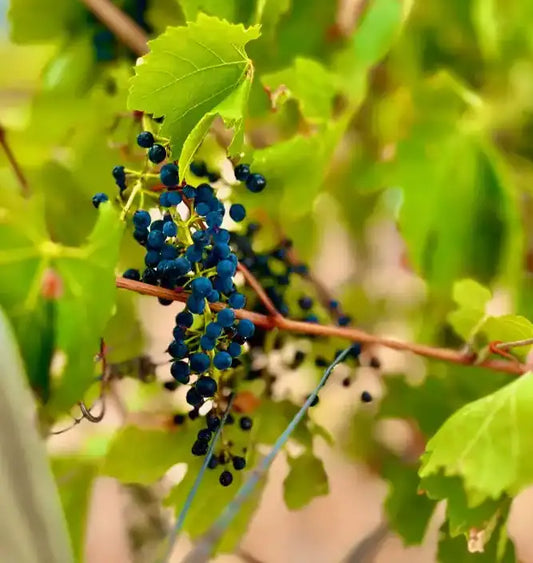What’s Really in Your Wine?
Not all wine is created equal. The difference between a beautifully crafted, high-quality wine and a mass-produced, cheap wine isn’t just about taste—it’s about what goes into every stage of production. If you care about your health and what you drink, it’s time to understand how amazing wine is made compared to the chemical-laden bottles filling supermarket shelves.
Vineyard Practices: Nature vs. Chemicals
High-Quality Wine:
✅ Grown in nutrient-rich, healthy soil using sustainable or organic practices
✅ Low-intervention farming—no synthetic pesticides or herbicides
✅ Hand-harvested grapes at peak ripeness for optimal flavor
Cheap Wine:
❌ Grapes grown with heavy chemical sprays, herbicides, and artificial fertilizers
❌ Machine-harvested—leading to leaves, stems, and even pests ending up in the mix
❌ Mass production prioritizes yield over quality, resulting in diluted flavors
Why does this matter?
Grapes treated with chemicals absorb these toxins, which can carry over into the wine you drink.
Fermentation: The Art vs. The Shortcut
High-Quality Wine:
✅ Natural fermentation using native yeasts—allowing for authentic expression of the grape and terroir
✅ Longer fermentation times for better complexity and structure
✅ No added artificial flavors or sweeteners
Cheap Wine:
❌ Industrial yeasts selected for fast, uniform fermentation
❌ Sugar, artificial acids, and other additives to force consistency
❌ High-speed production strips wine of its natural character
This is why mass-produced wines often taste the same—they’re engineered, not crafted.
Additives & Preservatives: The Dirty Secret of Cheap Wine
Here’s where things get really concerning. Cheap wines are loaded with additives that winemakers don’t have to disclose on the label.
High-Quality Wine:
✅ Minimal sulfites (only what’s necessary for stability)
✅ No artificial coloring, sweeteners, or flavor enhancers
✅ Naturally balanced acidity from proper winemaking techniques
Cheap Wine:
❌ High sulfite levels to preserve poor-quality grapes
❌ Mega Purple—a synthetic coloring agent used to make wine look richer
❌ Added sugar, acids, and even oak chips to mimic natural aging
If you’ve ever had a headache or felt sluggish after drinking cheap wine, it’s likely because of these hidden chemicals.
Aging & Bottling: Patience vs. Profit-Driven Production
High-Quality Wine:
✅ Aged in real oak barrels or carefully managed stainless steel to develop complexity
✅ Bottled with minimal intervention to preserve purity and freshness
✅ No artificial processes to speed up aging
Cheap Wine:
❌ Artificial oak flavoring from wood chips and chemical extracts
❌ Stabilized with excessive filtration, stripping natural flavors
❌ Mass-bottled for fast turnover, with no attention to aging quality
The Bottom Line: Drink Better, Live Better
When you choose a high-quality wine like Smoke Eaters, you’re drinking a product made with care, integrity, and respect for both your health and the winemaking tradition. Cheap, mass-produced wine might be convenient, but the long-term effects—both on your body and your palate—aren’t worth it.
Want to taste the difference? Shop our collection of handcrafted, low-intervention wines today.
Final Thoughts
Cheap wine is like fast food—it’s easy, but it’s not good for you. The next time you pour a glass, ask yourself: Is this wine supporting my health, or is it just a cocktail of chemicals? When you drink better, you feel better—and at Smoke Eaters, we’re here to make sure you enjoy every sip.

